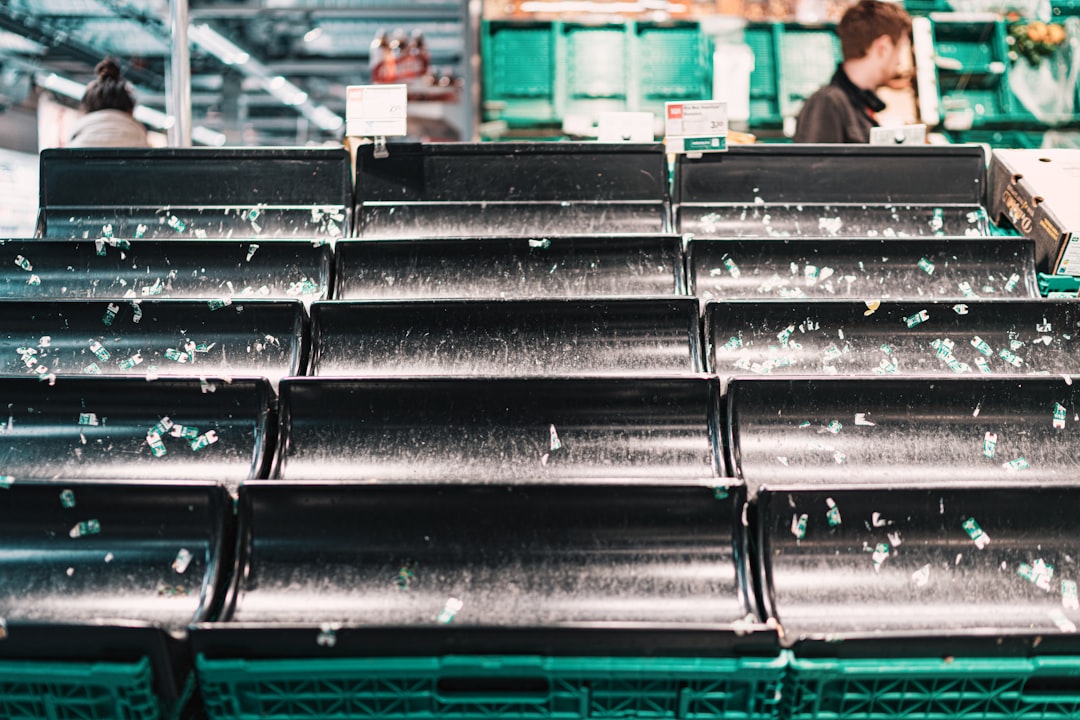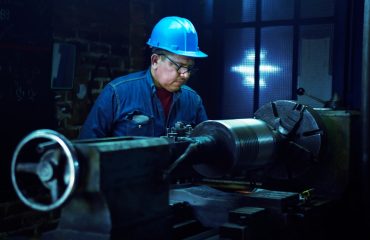The steel industry, a cornerstone of global infrastructure and manufacturing, is undergoing a significant transformation. Driven by environmental concerns and resource scarcity, recycling is no longer an optional extra but a crucial element for the future of steel production. This post explores the vital role of recycling in the steel industry, examining its processes, benefits, challenges, and future prospects.
The Economic and Environmental Benefits of Steel Recycling
Steel recycling offers a compelling combination of economic and environmental advantages. From an economic perspective, using recycled scrap steel significantly reduces the cost of raw material acquisition. Producing steel from scrap requires substantially less energy than using virgin iron ore, leading to lower production costs and increased profitability. This cost-effectiveness makes recycled steel a highly competitive material in the market.
Environmentally, the benefits are even more profound. Steel recycling drastically reduces greenhouse gas emissions associated with steel production. The energy savings translate directly into lower carbon footprints, contributing to a more sustainable future. Furthermore, recycling conserves natural resources like iron ore, coal, and limestone, mitigating the environmental damage caused by mining and extraction. Reducing the demand for virgin materials helps preserve natural habitats and biodiversity.
The Steel Recycling Process: From Scrap to Steel
The journey of scrap steel back into usable material is a complex but efficient process. It begins with the collection and sorting of scrap metal. This scrap comes from various sources, including demolition debris, end-of-life vehicles (ELVs), and industrial byproducts. Different grades of scrap are separated based on their chemical composition and cleanliness. This careful sorting is crucial for ensuring the quality of the final steel product.
Once sorted, the scrap is transported to steel mills or recycling facilities. Here, it undergoes a series of processes, including shredding, melting, and refining. Shredding reduces larger pieces of scrap into smaller, more manageable sizes. The scrap is then melted in electric arc furnaces (EAFs) or basic oxygen furnaces (BOFs), where it is heated to extremely high temperatures. Additives are added to refine the molten steel, adjusting its chemical composition to meet specific requirements.
After refining, the molten steel is cast into various shapes, such as billets, blooms, or slabs, depending on the intended application. These semi-finished products are then further processed into finished steel products, ready for use in construction, manufacturing, and other industries.
Challenges and Innovations in Steel Recycling
Despite the numerous advantages, steel recycling faces several challenges. One key issue is the contamination of scrap metal. Impurities in the scrap, such as plastics, coatings, and other non-ferrous metals, can negatively impact the quality of the recycled steel. Advanced sorting technologies and stricter quality control measures are necessary to address this problem.
Another challenge is the efficient collection and processing of diverse scrap streams. Developing effective collection systems and infrastructure, especially for smaller and dispersed sources of scrap, is crucial for maximizing recycling rates. Innovation in logistics and waste management is essential for improving efficiency and reducing costs.
Technological advancements are continuously improving the steel recycling process. The development of more efficient and environmentally friendly melting technologies, as well as improved sorting and separation techniques, are crucial for enhancing the sustainability and economic viability of steel recycling. Research into new alloys and recycling methods for complex steel products is also ongoing.
The Role of E-waste Recycling in the Steel Industry’s Circular Economy
The exponential growth of electronic devices has created a substantial new source of steel scrap – e-waste. Recycling e-waste not only recovers valuable metals like steel but also prevents the harmful environmental consequences of improper disposal. E-waste often contains hazardous materials, so responsible recycling is crucial for protecting human health and the environment.
The recycling of e-waste requires specialized processes to separate the various components and recover the valuable materials. This often involves manual dismantling, shredding, and sophisticated separation techniques to extract steel and other valuable metals. The recovered steel can then be integrated into the traditional steel recycling stream.
The integration of e-waste recycling into the steel industry’s circular economy is a significant step towards a more sustainable future. It not only reduces the environmental impact of electronic waste but also provides a valuable source of raw material for steel production.
The Future of Steel Recycling: Towards a Sustainable Steel Industry
The future of the steel industry hinges on its ability to embrace sustainable practices, and recycling is at the heart of this transformation. Increased investment in research and development, improved infrastructure, and stronger policies are vital for accelerating the transition towards a more circular economy. This includes promoting the use of recycled steel, developing innovative recycling technologies, and strengthening collection and sorting systems.
Collaboration between industry stakeholders, policymakers, and researchers is crucial for overcoming the challenges and unlocking the full potential of steel recycling. By working together, we can create a more sustainable and resilient steel industry that contributes to a healthier planet and a more prosperous future.
The increasing demand for sustainable materials and stricter environmental regulations are driving the industry towards greater adoption of recycled steel. Consumers and businesses are becoming increasingly aware of the environmental benefits of choosing recycled products, creating a growing market for sustainable steel.
Tags: steel recycling, scrap metal recycling, sustainable steel, steel industry, circular economy




